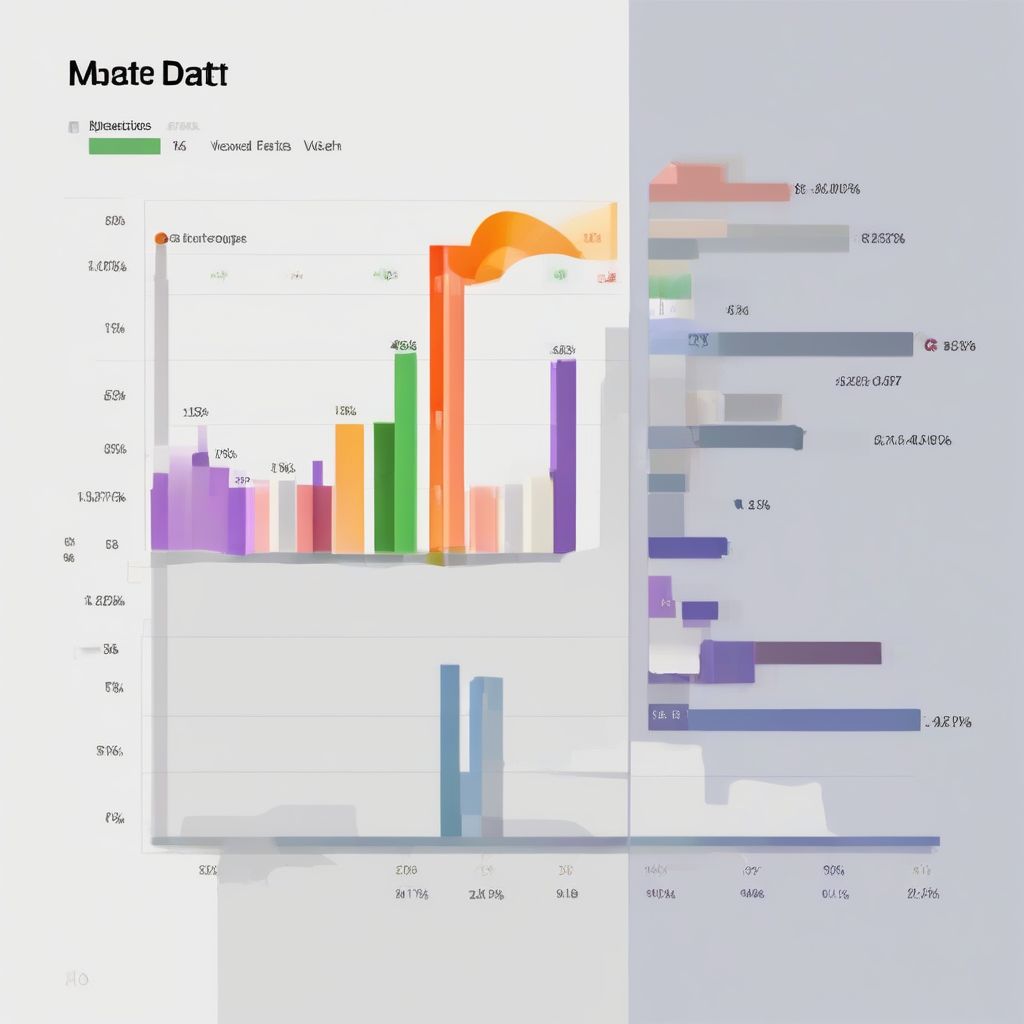In today’s data-driven world, businesses need efficient ways to store, manage, and analyze vast amounts of information. This is where the concept of a data lakehouse comes into play. Offering the best of both worlds – the flexibility of a data lake and the structure of a data warehouse – data lakehouses are rapidly gaining popularity. This comprehensive guide delves into the definition, importance, and benefits of data lakehouses.
Understanding Data Lakehouses
What Is A Data Lakehouse?
A data lakehouse is a modern data management architecture that combines the key features of data lakes and data warehouses.
- Data Lake: A vast repository that stores raw data in its native format, regardless of structure. Think of it as a large, flexible pool of data ready for analysis.
- Data Warehouse: A system designed for structured, analytical workloads. Data in a data warehouse is typically cleaned, transformed, and organized for specific business intelligence tasks.
A data lakehouse leverages the low-cost storage and flexible schema of a data lake and combines it with the data management and performance capabilities of a data warehouse. This hybrid approach allows organizations to store all their data in one place and perform a wide range of analytical tasks, from dashboards and reports to machine learning and data science projects.
Why are Data Lakehouses Important?
The rise of data lakehouses stems from the limitations of traditional data management systems. Data warehouses are efficient for structured data but struggle with the variety and velocity of unstructured data generated today. Data lakes offer flexibility but often lack the governance, performance, and data quality features required for robust analytics.
Data lakehouses address these challenges by offering:
- Cost-effectiveness: Store all your data, structured and unstructured, in a single, scalable, and cost-effective platform.
- Flexibility: Analyze diverse datasets with different structures using a variety of tools and techniques.
- Performance: Leverage optimized query engines and indexing techniques for faster data retrieval and analysis.
- Governance and Security: Implement data governance policies, ensure data quality, and maintain security across the entire data lifecycle.
Key Features and Benefits of Data Lakehouses
- Schema on Read: Data is stored in its raw format and schema is applied only when the data is read, allowing for flexibility and faster ingestion.
- Support for Diverse Data Types: Accommodates structured, semi-structured, and unstructured data from various sources.
- Open Format: Data is stored in open formats like Parquet, enabling interoperability and avoiding vendor lock-in.
- Transactions and ACID Properties: Supports transactions to ensure data consistency and reliability.
- Data Versioning and Time Travel: Allows users to access previous versions of data, enabling auditability and reproducibility.
Frequently Asked Questions about Data Lakehouses
What are the use cases for a data lakehouse?
Data lakehouses cater to a wide range of use cases, including:
- Business Intelligence and Reporting: Analyze historical data to track trends, generate reports, and make informed business decisions.
- Machine Learning and Data Science: Train and deploy machine learning models using large and diverse datasets.
- Real-time Analytics: Process and analyze streaming data for real-time insights and decision-making.
- Data Discovery and Exploration: Explore raw data to discover patterns and generate new hypotheses.
How does a data lakehouse differ from a data mesh?
While both are modern data management approaches, a data mesh focuses on decentralization, treating data as a product and empowering domain-specific teams to manage their data. A data lakehouse, on the other hand, provides a centralized platform for data storage and analysis.
Conclusion
Data lakehouses represent a significant advancement in data management, offering a unified platform for storing, managing, and analyzing all types of data. As businesses increasingly rely on data-driven insights, data lakehouses are poised to become an essential component of modern data architectures. By embracing the flexibility, scalability, and cost-effectiveness of data lakehouses, organizations can unlock the full potential of their data and gain a competitive edge in the digital age.
We encourage you to leave your comments and questions below. Let’s discuss how data lakehouses can revolutionize your data management strategy!




